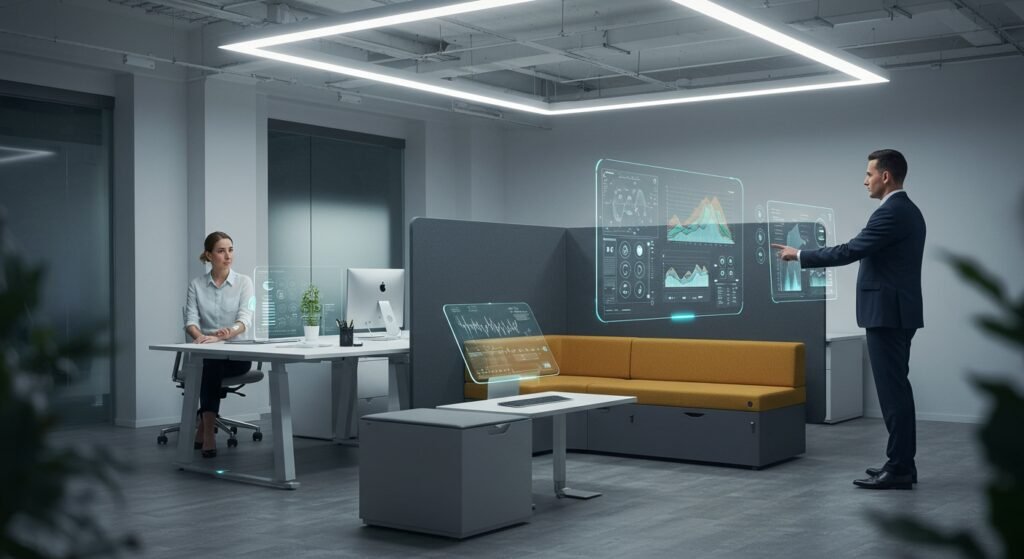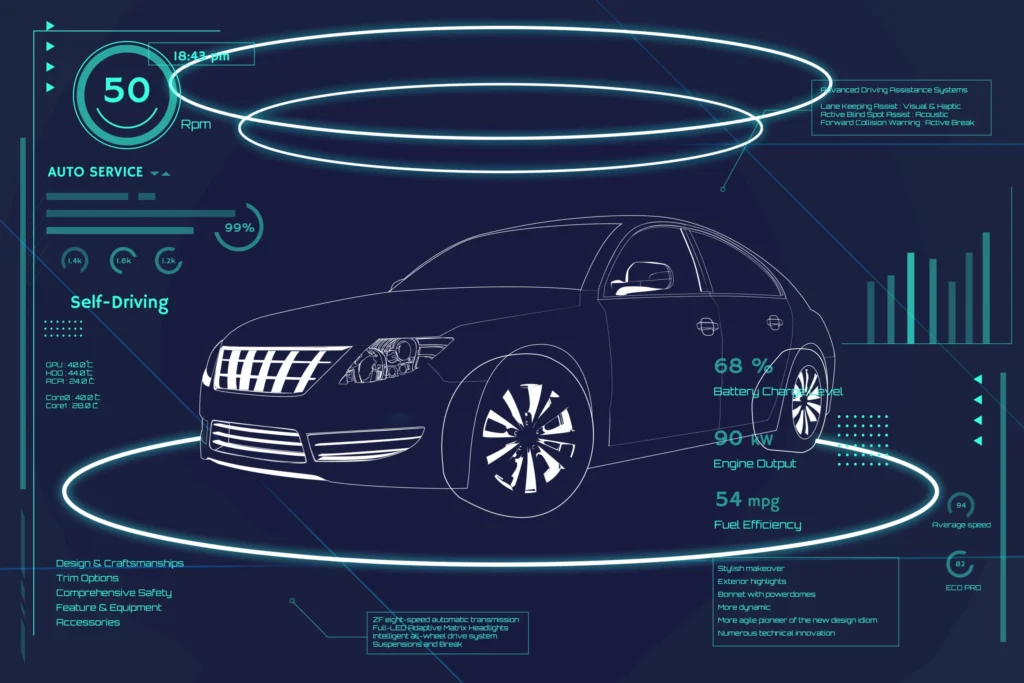New Frontiers in Ergonomics: 7 Incredible Advances Reshaping Work!
Ergonomics, the science of designing the workplace to fit the worker, has long been a cornerstone of productivity and well-being. However, we are now witnessing truly New Frontiers in Ergonomics, moving beyond just physical comfort to encompass cognitive load, environmental impact, and real-time data analysis. This evolution is reshaping how we think about human-centered design in every industry, promising healthier, safer, and more efficient environments.
Table of Contents
- Beyond the Desk: What Defines New Frontiers in Ergonomics?
- Key Areas of Innovation
- Challenges and Opportunities in Modern Ergonomics
- The Transformative Impact on Industrial Engineering and Workplace Safety
- Future Trends and Predictions in Ergonomic Design
Beyond the Desk: What Defines New Frontiers in Ergonomics?
Traditionally, ergonomics focused on physical postures, tool design, and workstation setup. While still vital, the New Frontiers in Ergonomics expand this scope significantly. We’re now considering aspects like psychological stress, cognitive overload from digital interfaces, the impact of AI on human-machine interaction, and even the sustainability of ergonomic solutions. This holistic approach recognizes that human well-being in the workplace is multifaceted, requiring interdisciplinary solutions.
Key Areas of Innovation
The field is buzzing with groundbreaking developments across several key domains:
Cognitive Ergonomics and AI Integration
As work becomes increasingly knowledge-based, cognitive ergonomics, which deals with mental processes, has gained prominence. AI and machine learning are pivotal here, helping to design interfaces that reduce cognitive load, predict user errors, and adapt to individual learning styles. From smart dashboards to AI-powered personal assistants, these technologies aim to optimize mental performance and reduce stress.
Wearable Technology and Biometric Data
Wearable devices are no longer just for fitness. In professional settings, they offer real-time biometric feedback on posture, heart rate, fatigue levels, and even stress indicators. This data allows for personalized ergonomic interventions, alerting workers to potential issues before they become injuries and providing invaluable insights for continuous improvement of work processes and environments.
Sustainable Ergonomics
A growing trend in ergonomics is the focus on sustainability. This includes designing products and workspaces using eco-friendly materials, minimizing waste, and considering the entire lifecycle of ergonomic solutions. Sustainable ergonomics aims to create healthy environments for humans while also protecting the planet.
Comparative Ergonomic Solutions
| Aspect | Traditional Approach | New Frontier Approach |
|---|---|---|
| Focus | Physical posture, tool design | Holistic (physical, cognitive, emotional, environmental) |
| Data Source | Observation, surveys | Biometric sensors, AI analytics, real-time feedback |
| Intervention | Adjustable chairs, anti-fatigue mats | Personalized AI coaches, smart wearables, adaptive environments |
| Scope | Individual workstation | Entire system, including remote work, supply chain |
Challenges and Opportunities in Modern Ergonomics
While the potential of these new frontiers is immense, challenges remain. Data privacy concerns, the cost of implementing advanced technologies, and the need for continuous education and adaptation are significant hurdles. However, the opportunities for enhanced productivity, reduced absenteeism, lower healthcare costs, and a more engaged workforce far outweigh these challenges. Companies that embrace these advancements will gain a significant competitive edge.
The Transformative Impact on Industrial Engineering and Workplace Safety
The advancements in ergonomics have a profound impact on industrial engineering and workplace safety. Industrial engineers can now leverage real-time data and predictive analytics to optimize production lines, enhance human-robot collaboration, and design inherently safer systems. This shift moves safety from a reactive measure to a proactive, integrated design principle, significantly reducing the risk of musculoskeletal disorders, cognitive errors, and overall workplace incidents. It’s about building safety into the very fabric of operations.
Future Trends and Predictions in Ergonomic Design
Looking ahead, we can expect even more integration of virtual and augmented reality for ergonomic training and workspace prototyping. Personalized ergonomics, tailored to an individual’s unique physiology and work patterns, will become standard. Furthermore, the convergence of IoT, AI, and robotics will lead to truly adaptive work environments that dynamically adjust to worker needs. For more insights into these evolving trends, you can explore resources from the International Ergonomics Association.
In conclusion, the New Frontiers in Ergonomics are not just about incremental improvements; they represent a fundamental paradigm shift. By embracing a more holistic, data-driven, and technologically advanced approach, we can create work environments that truly empower humans, leading to unprecedented levels of health, safety, and productivity.


